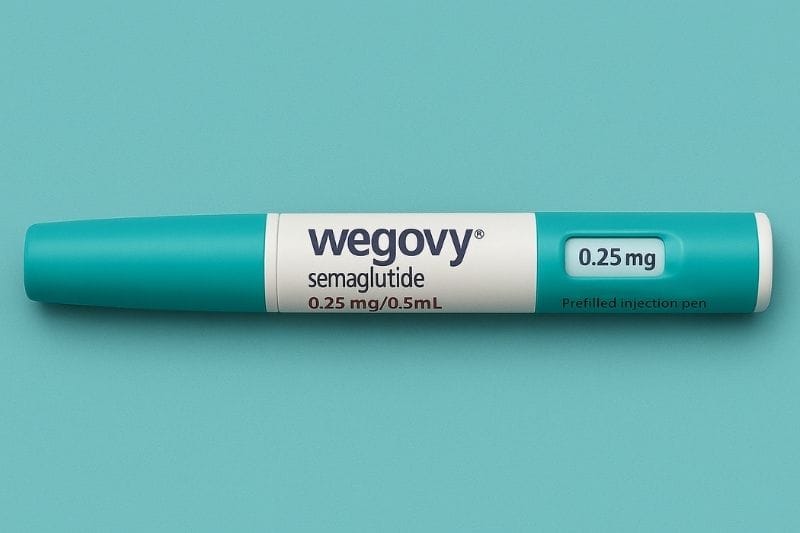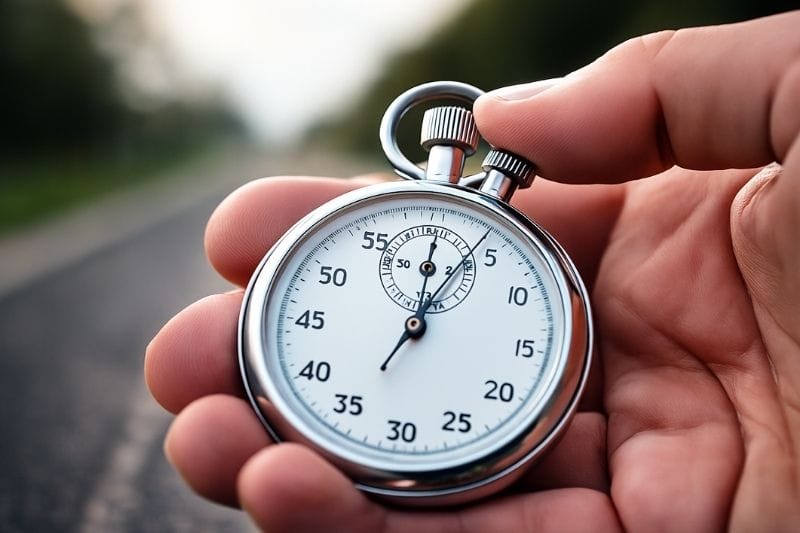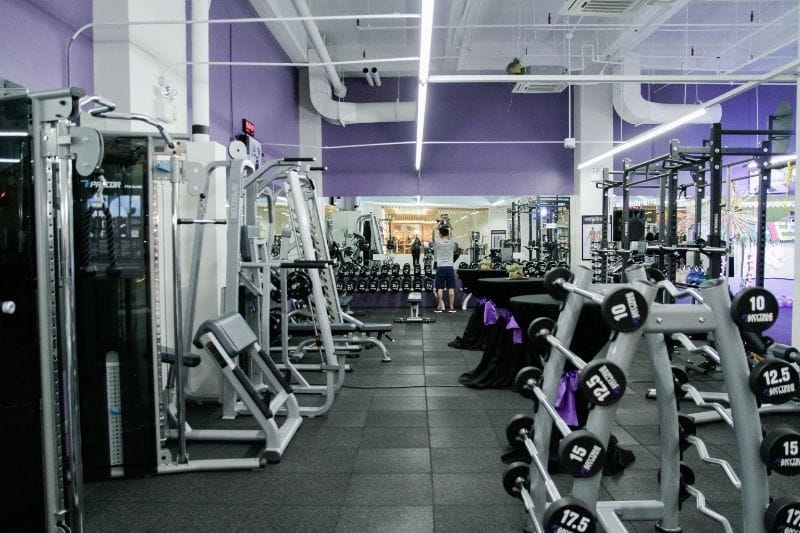How do you get enough nutrients while taking GLP-1 medications like Wegovy, Ozempic or Mounjaro? These injections reduce your appetite and help you eat less, but that can make it harder to get the protein, fibre, vitamins and minerals your body needs to stay healthy. The key is to prioritise nutrient-dense foods, include a good source of protein and vegetables at every meal, and use a balanced meal structure so you stay well nourished while keeping your calorie intake low.
In this GLP-1 nutrition guide blog, I’ll show you how to build simple, balanced meals that work alongside your injections, support your energy, and help you feel your best.
If you have not already read my blog on how to keep weight off after GLP-1 injections, you may also find it useful as it focuses on muscle, metabolism and strength.
Why nutrient intake matters in a GLP-1 nutrition plan
When you reduce your calorie intake, the amount of food you eat goes down. This can make it harder to get all the nutrients your body needs. If you are not careful you might get enough calories to function but still fall short on things like protein, fibre, iron, calcium, or key vitamins.
Over time that can lead to low energy, slower recovery, weaker immunity, and other health issues. A good GLP-1 nutrition plan keeps your calorie deficit in place while making sure you get the full range of nutrients your body needs.
Typical calorie deficit on GLP-1 injections
Most people on GLP-1 medications find themselves eating between 800 and 1,200 calories a day without trying. Some may eat a little more, some a little less.
A moderate calorie deficit for healthy weight loss is often around 500 to 800 calories below your maintenance level. On GLP-1s it is easy to go far beyond that without noticing, which is why nutrient-dense food choices become so important.
How to structure meals in your GLP-1 nutrition plan
A good structure to aim for on GLP-1s is three small but nutrient-rich meals a day and one or two snacks if you can fit them in. This helps spread your intake across the day and gives your body a steady supply of fuel and nutrients.
Each meal should ideally include:
- Protein – to help maintain muscle and keep you fuller for longer. Examples: chicken, turkey, lean beef, eggs, Greek yoghurt, tofu, tempeh, fish, or protein shakes.
- Fibre – for digestion, gut health and blood sugar control. Examples: vegetables, fruit, beans, lentils, wholegrains, nuts and seeds.
- Healthy fats – for hormone function, brain health and nutrient absorption. Examples: olive oil, avocado, nuts, seeds, oily fish.
- Carbohydrates – for energy, fibre and micronutrients. Choose mostly wholegrain and less processed options. Examples: oats, quinoa, brown rice, wholemeal bread, sweet potatoes.
- Micronutrient sources – colourful fruit and vegetables to cover vitamins and minerals. Aim for variety across the week.
Protein – your top priority nutrient in a GLP-1 nutrition plan
Protein supports muscle, recovery and hunger control. On GLP-1s it is common to under-eat protein simply because you are eating less overall.
Aim for a source of protein at every meal and snack. Even if you can only eat a small portion, make it count.
Some more examples of protein-rich snack options:
- Small Greek yoghurt pot with berries
- Two boiled eggs with a little seasoning
- A protein shake with milk or a plant-based alternative
- A small tin of tuna or salmon with oatcakes
Fibre – the nutrient you cannot see but will feel
Fibre helps keep digestion regular, supports gut health, and helps control blood sugar. If you are eating less food overall it is easy for fibre intake to drop. To keep it up, make vegetables or fruit the first thing you add to a plate. Aim for a mix of colours each day to cover different nutrients, and try to include around 30 different plant-based foods across the week for the best variety.
Good sources of fibre include vegetables like broccoli, spinach, carrots and green beans, fruits such as raspberries, pears and apples, and plant-based proteins like beans, lentils and edamame. Wholegrains such as oats, quinoa, and wholemeal bread or pasta are also rich in fibre. Nuts, seeds, and chia seeds can be small but powerful fibre boosters that fit easily into snacks or breakfasts. On GLP-1 injections, where portions are smaller, it helps to pick the most fibre-rich options so you can meet your daily needs without feeling overly full.
Covering vitamins and minerals in your GLP-1 nutrition plan
Even if you get enough protein and fibre, you can still fall short on micronutrients. Common gaps when eating less include calcium, iron, vitamin D, vitamin B12, and magnesium.
The simplest way to cover your bases is to eat a variety of foods across the week. If your intake is extremely low or you have dietary restrictions, you may need a GLP-1 nutrition supplement, but it is best to focus on whole foods first.
Example one-day GLP-1 nutrition plan (around 1,150 kcal, ~100g protein, ~30g fibre)
Breakfast – 200g high-protein Greek yoghurt, 100g raspberries, 1 tbsp chia seeds, 10g mixed seeds (370 kcal, 31g protein, 13g fibre)
Lunch – 120g grilled chicken breast, 150g roasted sweet potato, 150g steamed broccoli, 100g steamed spinach, 1 tsp olive oil (365 kcal, 40g protein, 10g fibre)
Dinner – 120g salmon fillet, 100g cooked quinoa, 50g edamame beans, 100g green beans (415 kcal, 29g protein, 7g fibre)
Totals:
- Calories: ~1,150 kcal
- Protein: ~100g
- Fibre: ~30g
This higher-protein, higher-fibre plan helps maintain muscle, supports gut health, and keeps you fuller for longer while still fitting a low-calorie intake typical of GLP-1 injections.
Your own protein calculation and needs may vary based on your current weight and size.
Using a GLP-1 nutrition tracker
Tracking what you eat can help make sure you are getting enough of each nutrient. Even a simple app that shows protein, fibre, and key vitamins can be a useful guide. The aim is not obsessive calorie counting, but ensuring quality in every bite. Apps like MyFitnessPal and Nutracheck are great for this.
FAQs – GLP-1 Nutrition Support
Do I need supplements while on GLP-1 injections?
Not always. Focus on whole foods first. Supplements can be useful if you have gaps you cannot fill with food, such as vitamin D in winter.
How much protein should I aim for while on GLP-1 injections?
A good general range is 1.2 to 1.6 up to 2.2 grams of protein per kilogram of body weight, or at the very least a protein source with every meal.
What if I cannot eat three meals while on GLP-1 injections?
Make the meals you do eat as nutrient-dense as possible. If you only manage two meals, make sure each has protein, fibre, healthy fats, and vegetables.
Can I still have carbs and fats while on GLP-1 injections?
Yes. Cutting them out can make it harder to get enough nutrients. Choose mostly whole, less processed sources and watch portion sizes.
What is the best way to get enough fibre while on GLP-1 injections?
Include a fruit or vegetable at every eating occasion. Try to include around 30 different plant-based foods across the week for the best variety.
Looking for help while on or after GLP-1 injections?
If you want to make sure you are losing weight in a healthy way and keeping it off, my Weight Loss Coaching can give you a tailored plan and support to fit your lifestyle while on GLP-1 injections.
If you prefer a more fitness type coaching approach, I also offer Personal Training & Health Coaching to help you build fitness, strength, and confidence while still looking after your long-term health and diet.




